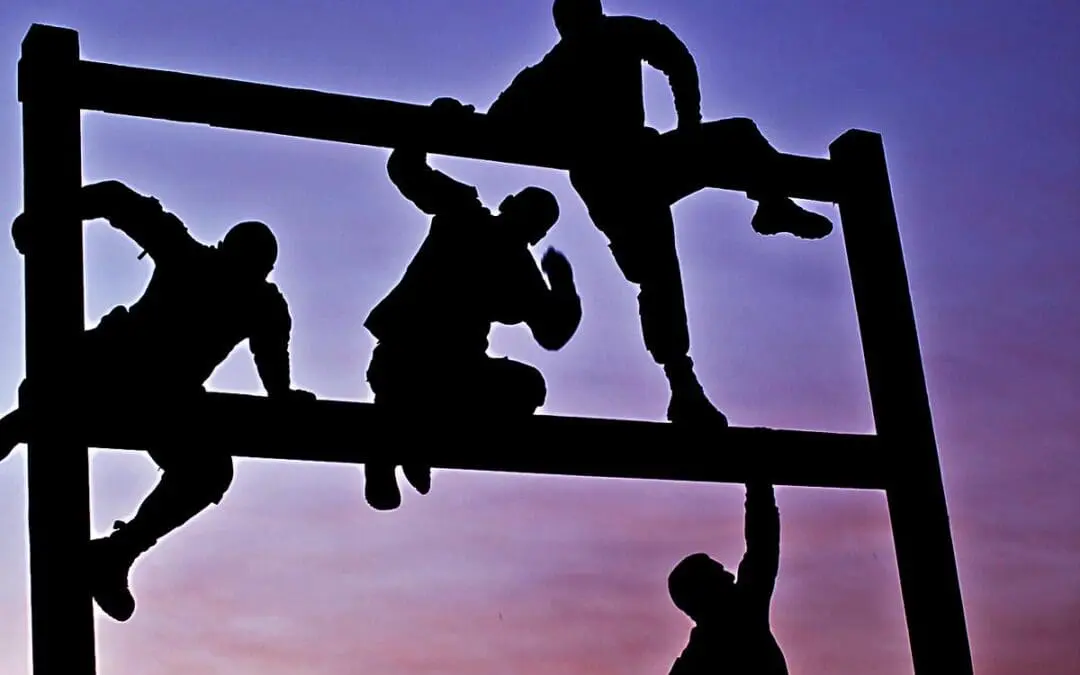Requirements for Basic Training
Women looking to enter Army Basic Training must meet specific criteria. The age range for enlistment is between 17 and 34, and a high school diploma or GED is required. Prospective recruits must pass a physical exam to ensure they are in good health.
The Army has height and weight standards that all recruits must adhere to. Additionally, everyone must take the Armed Services Vocational Aptitude Battery (ASVAB) test, which covers ten subject areas to assess a person's abilities and aptitude for military service.
Meeting these requirements is the first step in beginning the journey to becoming a soldier.
The Training Process
Army Basic Training is a rigorous 10-week program designed to transform civilians into soldiers. The training begins with Reception Battalion, also known as Week Zero, where recruits complete in-processing activities such as paperwork, medical exams, vaccinations, and gear distribution. They also receive a haircut and learn how to wear their uniform correctly.
Phase 1, the Red Phase, spans Weeks One through Three and focuses on foundational skills. Recruits participate in marching drills, road marches, and formation marches while engaging in intense physical training, including strength drills and cardiovascular exercises. The Army Combat Fitness Test (ACFT) assesses their abilities in various exercises. Classroom instruction covers topics such as:
Ethics
Basic first aid
Training also includes Chemical, Biological, Radiological, and Nuclear (CBRN) preparedness.
Phase 2, the White Phase, takes place during Weeks Four and Five. This phase builds upon the basic skills learned in Phase 1, with more advanced combat training, night training, hand-to-hand combat, and weapons handling. Recruits spend time at the shooting range mastering basic rifle marksmanship and rappel down a 50-foot structure known as the Warrior Tower.
Phase 3, the Blue Phase or Warrior Phase, encompasses Weeks Six through Nine. Recruits further develop their marksmanship skills, learn to maneuver as a unit, and handle complex convoy operations. The training emphasizes teamwork and culminates in a multi-day land navigation course where recruits demonstrate their survival skills and combat-readiness. Completing all 212 tasks of the end-of-cycle test earns them the privilege to wear the Army Black Beret.
Week 10, Graduation Week, marks the end of Basic Training. Recruits undergo inspections, receive a haircut, and enjoy some personal time before the graduation ceremony. This milestone celebrates their transformation from recruit to soldier.
What to Expect During and After Training
Basic Training is designed to challenge recruits both physically and mentally. Each day presents new obstacles that test endurance, strength, and mental toughness. Personal growth is a key aspect of the journey, as recruits are pushed out of their comfort zones and discover inner strength they never knew they had. The principles of discipline and punctuality learned during training will serve them well in both personal and professional situations.
Teamwork and leadership are heavily emphasized throughout the training process. Recruits learn that individual success is tied to the success of their team, and they are placed in situations where they must lead, follow, and support one another. These experiences forge strong bonds and instill a deep understanding of the importance of collaboration and effective communication.
After completing Basic Training, soldiers have access to a wide range of career opportunities within the Army, National Guard, or Army Reserve. They can choose to specialize in various fields such as:
Combat
Logistics
Healthcare
Advanced training options are available for those who wish to deepen their expertise and acquire specialized skills.
The Army also offers significant educational benefits to support soldiers in their pursuit of higher education. Tuition assistance programs allow them to enroll in college courses, earn degrees, or acquire certifications that enhance their career prospects. Military training often translates to college credits, helping soldiers advance academically while serving their country.1
The skills and experiences gained during Basic Training extend far beyond the Army. The resilience, confidence, and teamwork developed during this time serve as valuable assets throughout life. The career and educational opportunities available after training provide a solid foundation for building a fulfilling and impactful career, both within the military and in civilian life.
Barr A. From classroom to combat: the GI Bill and military education benefits. J Mil Veterans Health. 2019;27(2):41-47.

